Munich High End 2024 Show Highlights
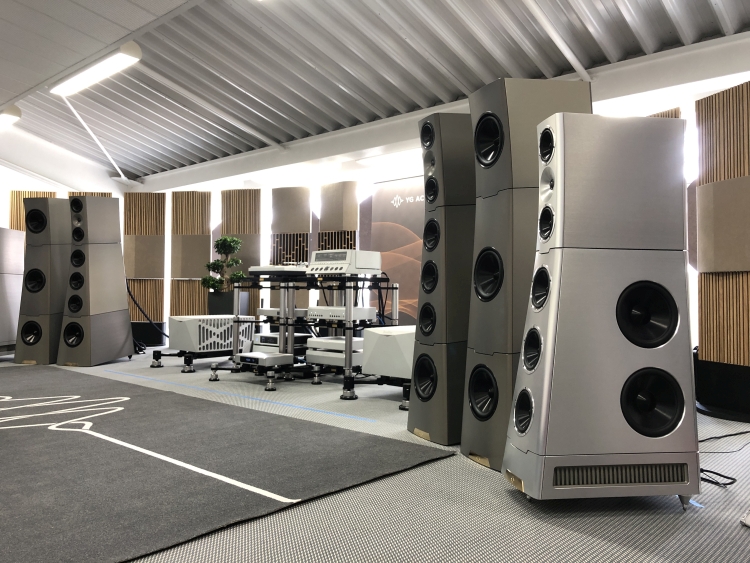
Lansche Audio
Lansche Audio presented two tall but beautifully sleek No.8.3 tower speakers fitted with Plasma tweeters! You know, the Singing Flame of old? But here, they are implemented almost invisibly inside a small horn.
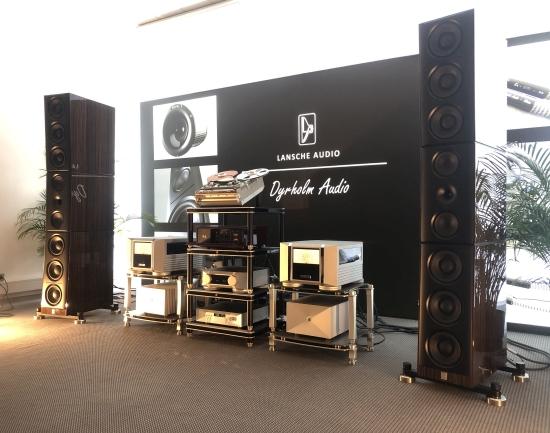
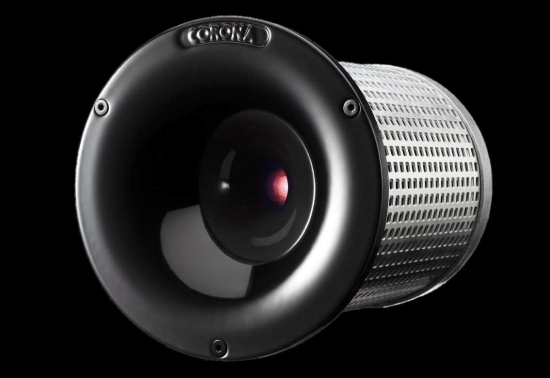
The plasma tweeter used here is a proprietary development available only from Lansche Audio The CORONA plasma tweeter forms the centerpiece of their loudspeaker systems. This system contains no inductive voice coil, no inhomogeneous magnetic field, no resonance-bound membrane, no mass-spring system vibrating back and forth, and no non-linear suspension. All there is, in fact, is light and air.
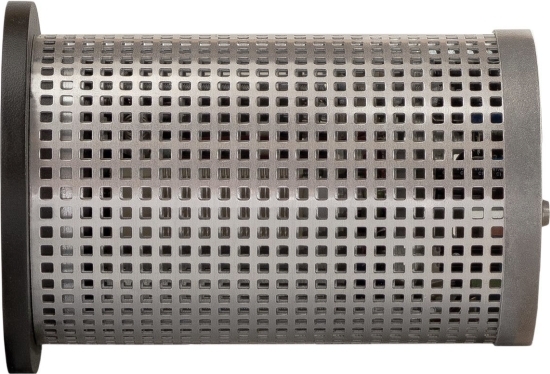
The manufacturer describes the tweeter’s performance as follows:
The fascination of the CORONA plasma tweeter lies in the hard-to-describe lightness of treble reproduction, linked with absolutely insane precision and speed, without having to accept even a hint of hardness. The absence of any system-generated resonance in the transferred frequency range of 1.5kHz – 150kHz is remarkable!
I wholeheartedly agree. This system’s treble performance was, for lack of a better word, perfect. But the quality was not just in the treble and upper midrange, by the way. The lower midrange and bass were also utterly neutral, and the entire seemingly complex system simply sang with a unified voice. Rarely have I heard such coherence and linearity from such a large system comprised of different techniques.
The Thrax and Analog Domain components surely also contributed to this system’s superb sound.
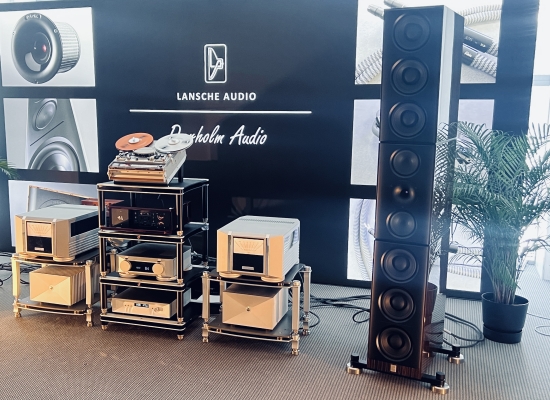
Aries Cerat
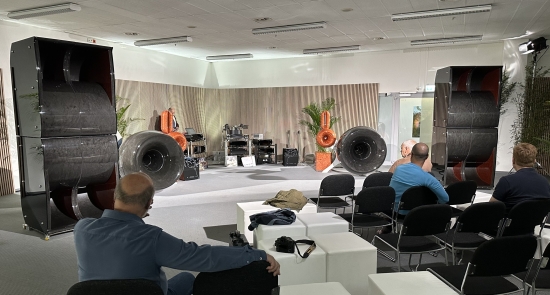
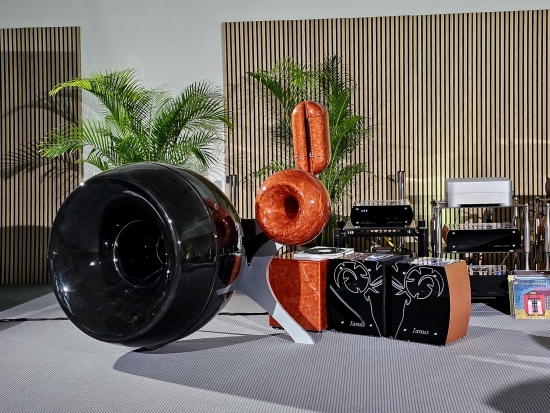
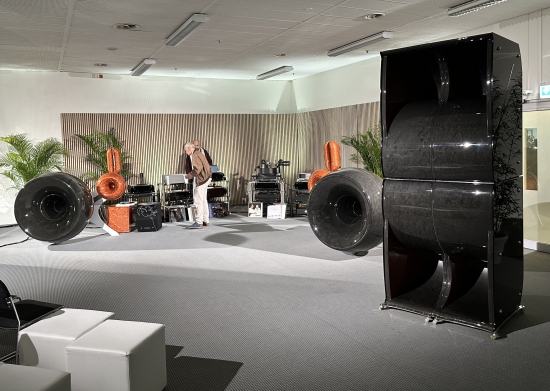
The scale of the Aries Cerat system with the 850.000 euro Pandora speaker system really does not come across in photos; you had to be there to truly understand the massive scale of the round mid-bass horns, let alone the more than man-size bass horns.
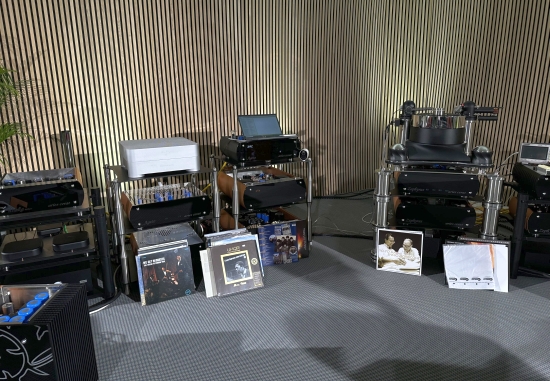
The system featured the brand-new Taiko Audio Olympus music server and countless Aries Cerat electronics, most strikingly, the 280.000 euro Aries Cerat Pandora Turntable with Zephyrus Phono Stage.
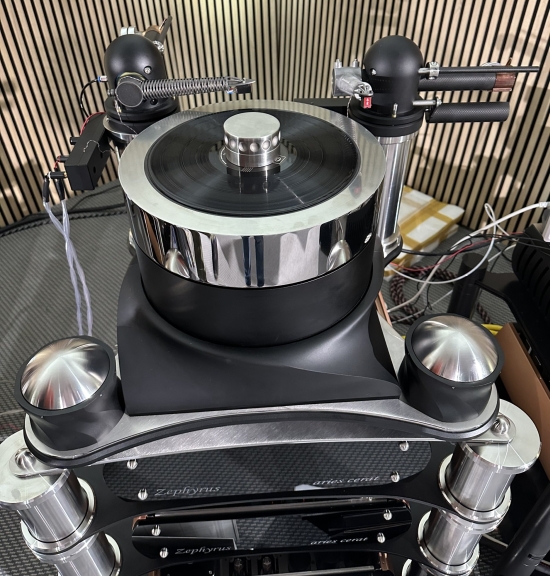
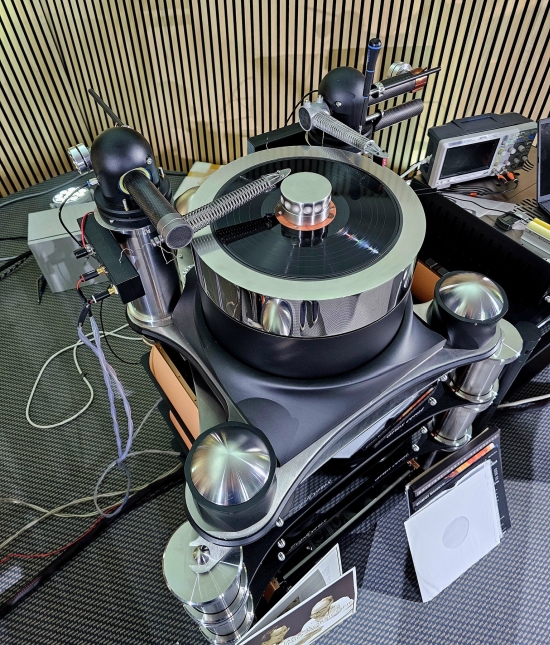
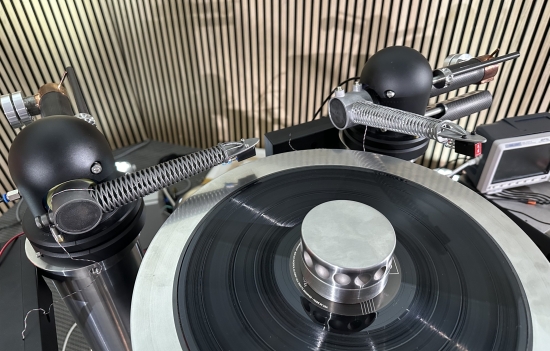
The sound of this system was big, dynamic, and impactful, yet lush, delicate, and airy. The resolution was excellent, and the timbre was very natural. I found that focus and coherence depended heavily on the listening position, which may lead to varying visitor comments. In any case, this is certainly a system for an extra large budget and a very large listening room to allow enough distance to the listening position.
Estelon X Diamond Signature
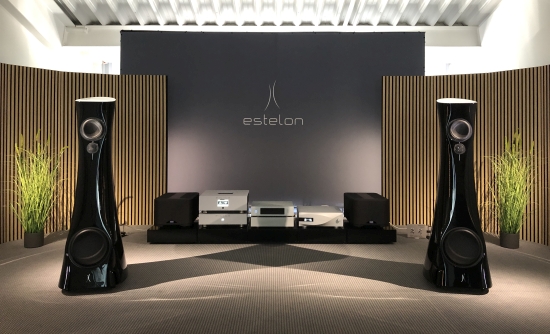
Backed by an Aurender N30sa server, dCS DAC, Pilium preamp, and MSB power amplifiers, this beautifully elegant system sounded warm, lush, airy, and delicate, as well as fast, articulate, and precise in equal measure.
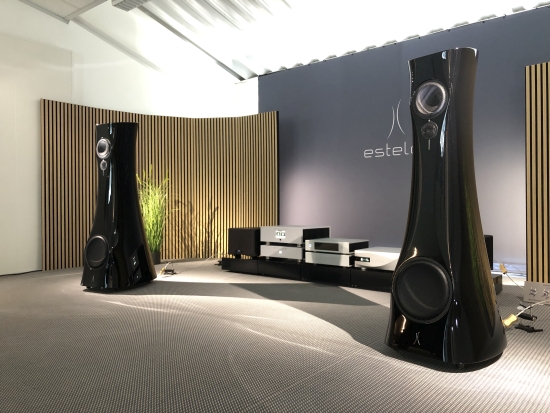
The curvy shapes may not be everyone’s cup of tea, but I find them visually stunning.
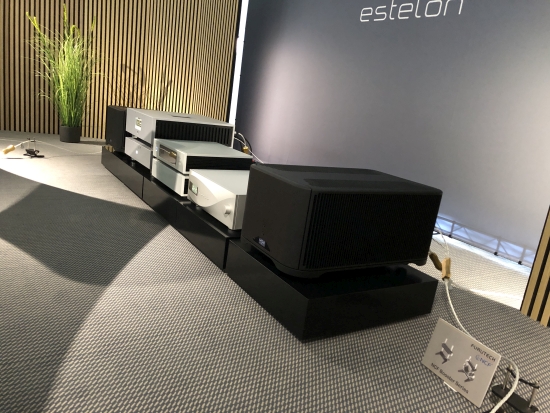
Soulution and Gauder
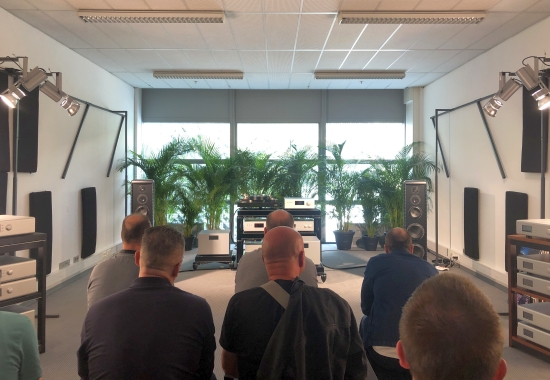
Soulution showcased several new products, including the new 717 power amplifier. Although it offers the same 150W/300W/600W power figures as the 711, it is a completely new design.
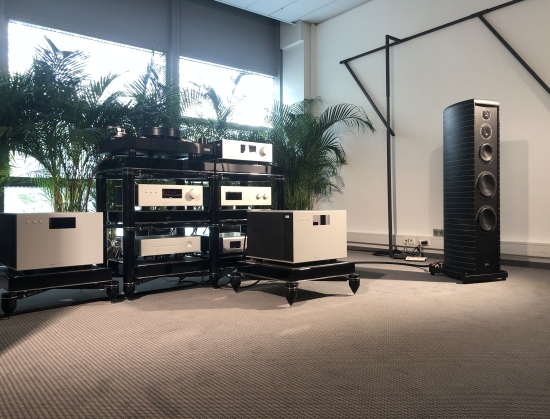
While I was in this room, the exhibitor played two consecutive piano solo pieces. As such, I did not get a complete feel of the system, but from what I heard, it sounded articulate and percussive but also fluid, well-textured, tonally rich, and timbrally realistic. Based on the piano pieces, I can’t tell a whole lot, but it seemed like the Gauder speakers made a very natural match with the Soulution system.
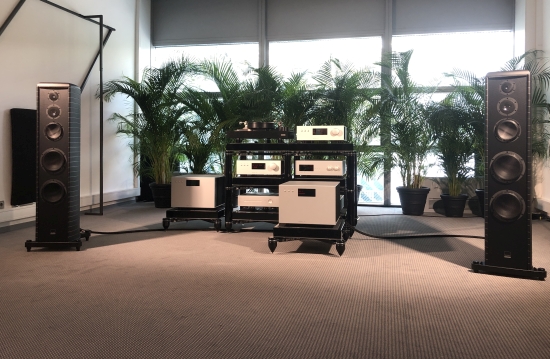
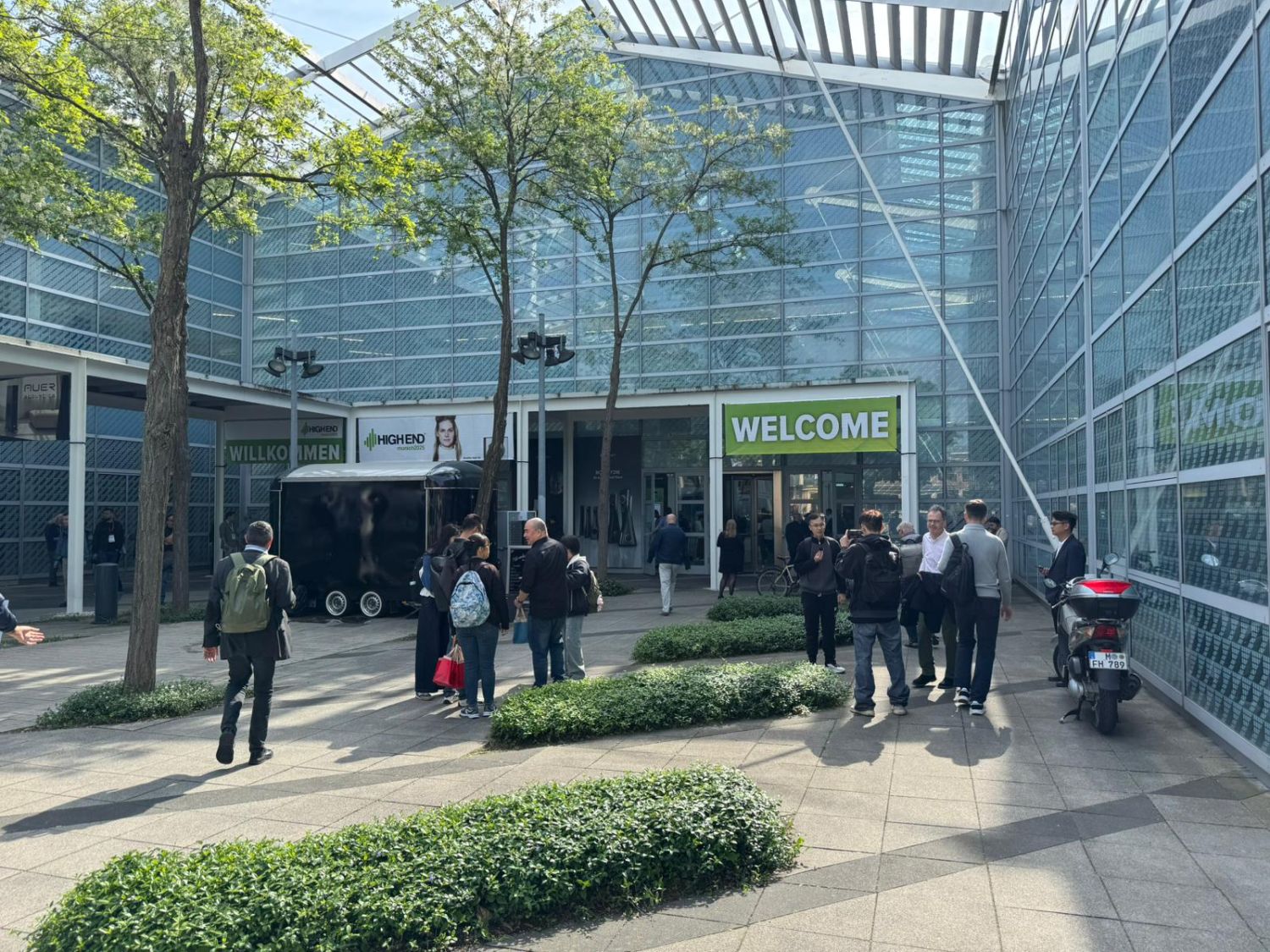
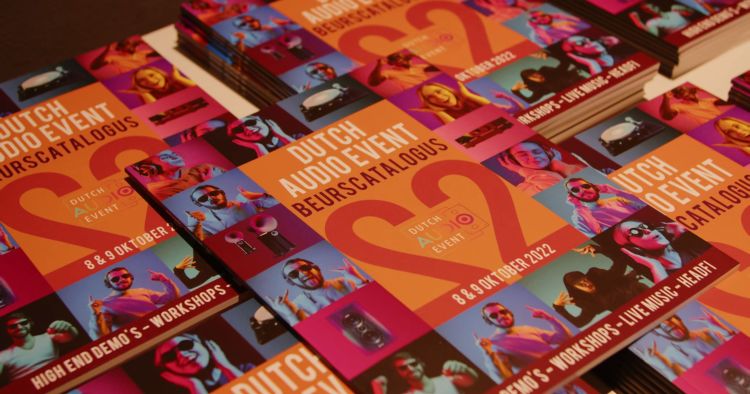
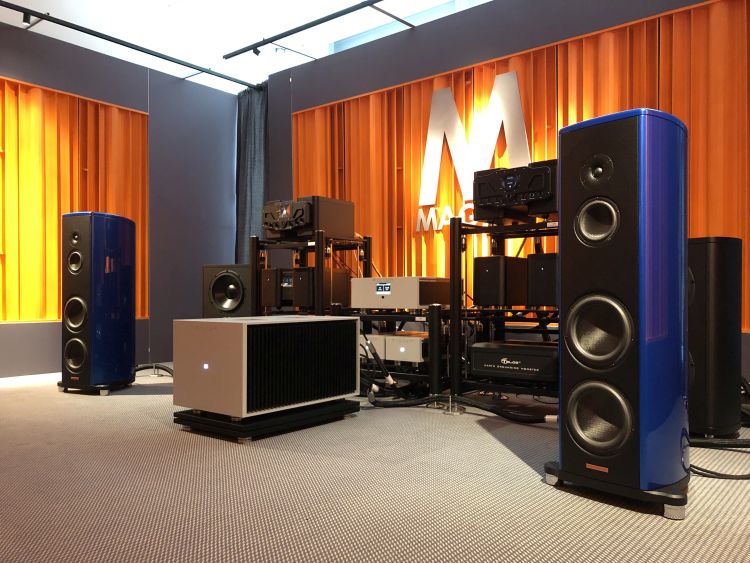

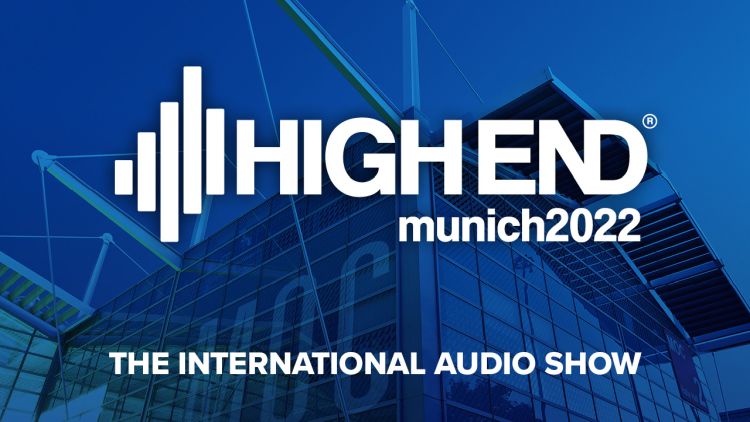
Great coverage, Christiaan. Are you certain that the new Halcro preamplifier was hooked up and in the signal path? Several show photos show XLR in (analog source) and out on the back of the new MSB Cascade DAC. The volume display on the DAC also suggests that it was acting as both DAC and (passive) volume control.
Good question! As it turns out, the Equinox was indeed not used all the time. Part of the demos have been done with the volume control of the DAC directly connected to the monos. Alas, I can no longer ascertain if what I heard had the Equinox in the signal path or it it was the MSB Cascade DAC connected directly.